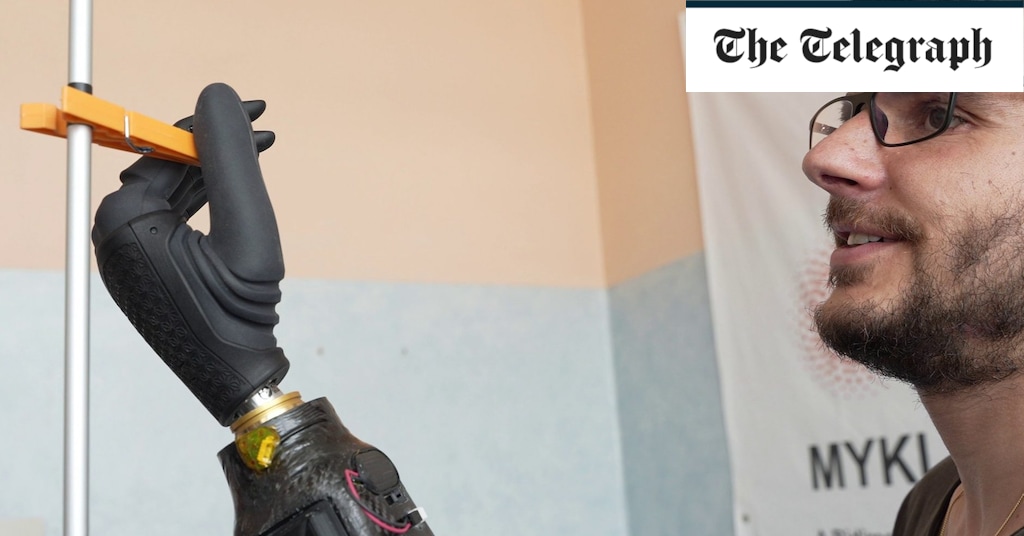Introducing a New Era of Virtual Touch: Groundbreaking Haptic Technology Enhances Digital Interaction
In an exciting development unveiled on Thursday, researchers have introduced an innovative haptic device, discussed in a recent edition of Nature Communications. This cutting-edge technology aims to revolutionize how we experience physical interactions during video calls. With hopes of evolving from a singular fingertip application to a sophisticated glove, this solution aspires to bridge the gap between virtual communication and tactile sensations.
The Need for Touch in Virtual Interactions
“Video calls can often feel lacking; they lack the warmth of human contact, especially when families and friends are separated by distance,” explains Dr. Sara Abad from University College London (UCL), a co-author of the study. Speaking at the British Science Festival held at the University of East London, Dr. Abad emphasized the importance of tactile engagement in fostering social bonds. “Touch is integral to creating connections, yet traditional video platforms fall short in this area.”
Multifaceted Applications of the Technology
The versatility of this innovative device extends beyond enhancing social interactions. It also holds great promise in medical applications. The technology can serve as a diagnostic tool to evaluate touch sensitivity, particularly for patients experiencing loss of tactile perception. This dual-purpose functionality makes it a significant advancement in both social technology and healthcare.
Professor Helge Wurdemann, another key contributor to the project, highlighted the future potential of this device. “We envision designing a glove that integrates this technology, allowing for interaction through multiple fingers,” he stated. This adaptability opens new avenues for patients with sensory loss, surgical applications, and interactive communication.
Advancing Remote Surgeries with Haptic Feedback
In addition to personal connections, scientists are exploring the use of the newly developed Brain-Activated Multi-touch Haptics (BAMH) technology to enhance the tactile feedback in robotic surgeries. This advancement could empower healthcare professionals to conduct remote examinations with the same precision and sensitivity as face-to-face interactions, paving the way for improved patient care and outcomes.
Summary
The introduction of this haptic technology marks a significant leap toward merging the digital and tactile realms, potentially transforming how we connect socially and medically. By incorporating the essence of touch into our digital experiences, we can enhance emotional connections with loved ones and improve medical applications. As the research progresses towards a practical glove, the future looks promising for a world where virtual interactions are enriched with the power of touch.
This groundbreaking technology encapsulates a significant stride towards a more immersive and emotionally resonant virtual experience. With continued development and research, we may soon witness a new standard for communication that goes beyond mere visuals, enriching our lives through the revival of touch.




